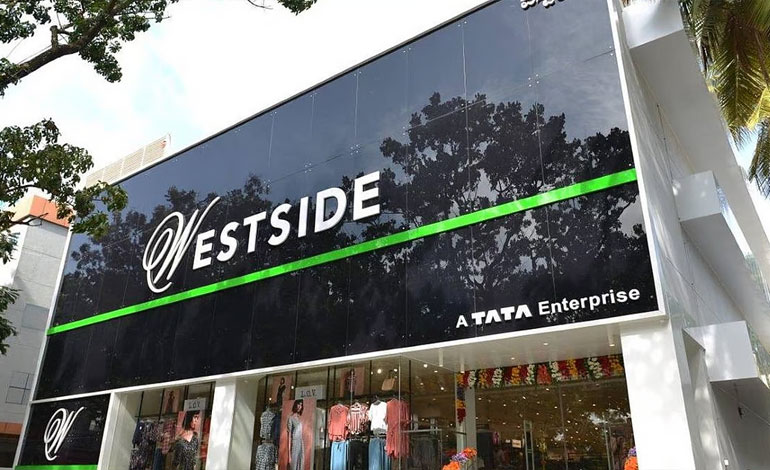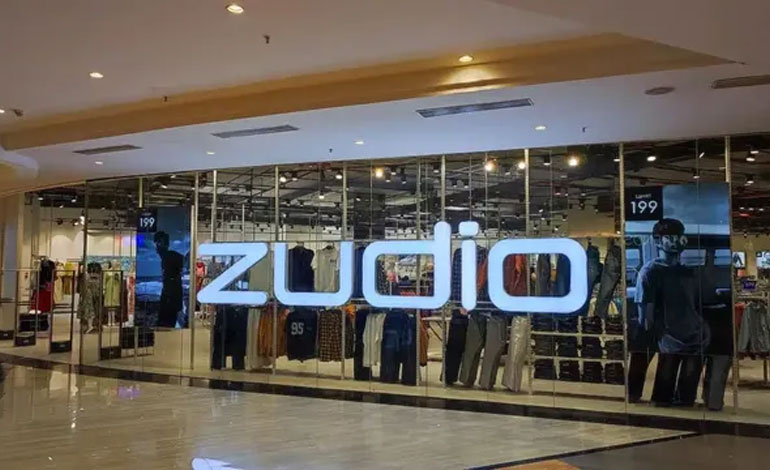Trent Q4 Results: Tata Group’s Retail Arm Reports ₹350 Cr Profit, Down 46% YoY; Declares ₹5 Dividend

The retail arm of the Tata Group, Trent Ltd, has reported its financial results for the fourth quarter of FY24, revealing a 46% year-on-year (YoY) decline in net profit to ₹350 crore. Despite the fall in earnings, the company declared a ₹5 per share dividend, signaling continued confidence in its long-term growth strategy.
Let’s break down what these numbers really mean and what they tell us about the performance and future of one of India’s leading retail giants.
Understanding the Numbers Behind the Headlines
On the surface, a 46% drop in profit might sound alarming. But financial results often need deeper context to make sense.
In Q4 FY24, Trent posted a net profit of ₹350 crore, compared to ₹653 crore in the same quarter last year. This decline comes even as revenues continued to grow, driven by strong demand across its flagship brands such as Westside, Zudio, and Star.
So, why did profit fall even though the company is growing?
1. Higher Operating Costs and Investments
One key reason is higher operational expenses, especially in areas like store expansion, logistics, and marketing. Trent has been aggressively expanding its presence across India. In fact, over the last year, it has opened dozens of new stores, particularly under the Zudio brand, which targets young and budget-conscious shoppers.
These upfront costs—while weighing on profits in the short term—are part of a broader long-term growth strategy. In retail, such investments are often necessary to capture market share in a highly competitive landscape.

2. Base Effect from Exceptional Gains Last Year
Another factor skewing the YoY comparison is what analysts call a “base effect.” In Q4 of the previous year, Trent had exceptional income or one-time gains that boosted its profit significantly. Without similar boosts this year, the numbers naturally appear weaker.
When these one-offs are excluded, the core business performance remains stable, even encouraging.
Steady Revenue Growth Signals Strong Consumer Demand
Despite the dip in net profit, Trent’s revenue continued to rise, reflecting solid demand across both urban and semi-urban areas. The company reported a double-digit growth in revenue, with particularly strong performance from its value-fashion chain Zudio.
Zudio has become one of the fastest-growing fashion brands in India, offering trendy clothing at affordable prices. Its popularity among young Indians and Tier 2 and Tier 3 cities has helped Trent diversify its customer base beyond metros.
Westside, the more premium fashion brand under Trent, has also maintained healthy growth by tapping into urban, aspirational consumers.
According to industry analysts, consumer sentiment in the fashion retail space remains upbeat, even as inflationary pressures affect other sectors. This is especially true for brands that offer good quality at affordable price points—precisely where Trent has positioned itself.
₹5 Dividend Declared: What It Means for Investors
Despite the profit drop, the company announced a ₹5 per share dividend, which is a positive signal to shareholders. It indicates that Trent remains confident in its fundamentals and future earnings potential.
Companies typically cut dividends when they foresee financial trouble or want to conserve cash. In this case, however, the steady dividend suggests Trent sees its profit dip as temporary and not reflective of its long-term outlook.
Dividend-paying companies are often seen as stable and shareholder-friendly, especially in a volatile market.

Trent’s Strategic Focus: Building for the Future
Trent’s strategy revolves around three main pillars:
1. Rapid Store Expansion
Trent is opening stores at a pace rarely seen in Indian retail. In FY24 alone, the company added over 200 new stores, including both Zudio and Westside outlets. This aggressive expansion is helping it tap into underpenetrated markets and build a nationwide presence.
2. Digital and Omni-Channel Push
Like many modern retailers, Trent is focusing on integrating online and offline experiences. Its platforms are being revamped to allow customers to browse and buy seamlessly, whether they walk into a store or shop from their phone.
This omni-channel strategy is crucial in today’s retail landscape, where consumer preferences are shifting rapidly.
3. Customer-Centric Approach
What sets Trent apart is its deep understanding of Indian consumers. Both Zudio and Westside curate in-house collections, which allows the company to control design, pricing, and supply chain—a big advantage over brands that rely on third-party suppliers.
This model gives Trent greater flexibility to respond to fashion trends quickly, while keeping prices competitive.
What Do Experts Say?
Industry experts remain optimistic about Trent’s long-term growth. According to a retail analyst at Motilal Oswal:
“While the Q4 profit decline looks steep, the underlying business remains robust. The brand positioning, expansion strategy, and focus on value retail put Trent in a strong position to benefit from India’s growing middle-class consumption.”
Brokerages have generally maintained neutral to positive ratings on the stock, citing continued revenue growth, store addition momentum, and brand strength.
Conclusion: A Temporary Setback in a Promising Journey
Trent’s Q4 results may show a sharp drop in profits, but that doesn’t tell the whole story. With revenue growing, store expansion in full swing, and consumer demand remaining strong, the fundamentals appear healthy.
Yes, the drop in net profit raises eyebrows, but much of it comes from temporary costs and non-recurring factors—not from a decline in the core business. The dividend announcement further underlines the company’s faith in its future.
For investors and retail watchers alike, Trent remains a company to watch, especially as it continues to redefine fashion retail in India—balancing value, quality, and scale.










